Originally published on: https://www.acldigital.com/blogs/real-world-genai-implementations-telecom-leaders-and-tech-partners
The dawn of Generative AI (GenAI) in 2023 marked a significant shift in the telecommunications landscape. As we navigate through 2024, it’s clear that telecom operators have not merely adopted GenAI—they’ve embraced it as a transformative force. This article explores how major telecom players leverage GenAI to revolutionize their operations, enhance customer experiences, and drive innovation.
The GenAI Revolution in Telecom
GenAI’s ability to produce original, realistic content by learning from existing data sets it apart from conventional AI systems. This capability opens new frontiers in customer experience enhancement, employee productivity, network operations optimization, and revenue stream creation for telecom operators.
At the heart of GenAI lie Large Language Models (LLMs), which enable human-like interactions through chat interfaces. Telecom operators harness this power to develop chatbots and virtual assistants, for internal use and customer-facing applications. The impact is particularly notable in managing complex, multi-vendor telecom networks, where GenAI is instrumental in reducing costs and simplifying management.
Case Studies: GenAI in Action
- British Telecom (BT): Revolutionizing Code Development
BT Group‘s adoption of Amazon’s CodeWhisperer exemplifies the transformative potential of GenAI in software engineering. This AI tool has significantly boosted productivity by generating over 100,000 lines of code and automating 12% of repetitive tasks. The 37% acceptance rate for the suggested code underscores its effectiveness in streamlining the development process.
- AT&T: Empowering Employees and Enhancing Network Management
AT&T‘s ‘Ask AT&T’ tool, built on OpenAI‘s ChatGPT, stands out for its versatility. Over 68,000 employees use it to assist in customer support, meeting summarization, security patching, and network data analysis. Its application in network engineering for proactive issue management and enhanced root cause analysis demonstrates GenAI’s potential to revolutionize network operations.
- T-Mobile: Optimizing RAN Operations with GURU
T-Mobile‘s collaboration with AWS on the GURU chatbot showcases GenAI’s impact on Radio Access Network (RAN) operations. By providing real-time recommendations and streamlining Methods of Operations (MoPs), GURU has led to a 10% reduction in network outages and a 30% improvement in operational efficiency.
- Deutsche Telekom: Fostering Business Innovation
Deutsche Telekom‘s Business GPT tool exemplifies how GenAI can be tailored for enterprise use. Automating tasks, analyzing data, and creating content enable businesses to redirect employee focus toward strategic initiatives.
- Verizon: Reimagining Customer Service
Verizon‘s GenAI applications in customer service demonstrate the technology’s potential to personalize and streamline customer interactions. Tools like “Fast Pass” and AI-powered background analysis are reducing transaction times and enhancing service quality.
- Orange: Balancing Innovation and Data Security
Orange‘s partnership with Google Cloud highlights the importance of balancing GenAI innovation with data security and regulatory compliance. Their approach of delivering AI-based services locally while leveraging cloud capabilities sets a benchmark for responsible AI adoption in telecom.
- Telefónica: Integrating GenAI into Core Operations
Telefónica‘s integration of Azure AI Studio into its Kernel 2.0 platform represents a strategic move to embed GenAI into core operational workflows. This approach promises to transform fundamental tasks and prepare the operator for future challenges.
- Vodafone: Heavy Investment in Customer Experience Improvement
Vodafone has rolled out a new generative AI-powered virtual assistant called SuperTOBi across Europe. This assistant can communicate naturally with guests in multiple languages, understand their intentions, and interact with hotel systems to help with tasks like making reservations. Vodafone has also launched a generative AI chatbot for its VOXI mobile brand in the UK to provide more human-like customer interactions. Recently, they reallocated €140m for this.
- Mavenir: Pioneering AI-Driven Network Management
Mavenir’s Operations Co-Pilot showcases GenAI’s potential in automating complex network management tasks. Leveraging LLMs trained on vast network data paved the way for more intelligent and efficient network operations.
You will find high-level details in the below table.
| Telecom Operator | GenAI Solution | Benefits |
| British Telecom (BT) | – Code generation and development using Amazon CodeWhisperer | – Improved productivity for software engineers.
– Real-time code suggestions across 15 languages. – Automation of 12% of repetitive tasks. – 37% acceptance rate for suggested code. – Generated over 100,000 lines of code in a few months. |
| AT&T | – ‘Ask AT&T’ tool leveraging OpenAI’s ChatGPT | – Assists 68,000 employees with various tasks.
– Enhances productivity for coders and software developers. – Summarizes meetings and patches security vulnerabilities. – Analyzes vast network data daily. – Proactive issue identification and management. – Improved root cause analysis (RCA) efficiency. |
| T-Mobile | – GenAI-based chatbot GURU for operational productivity and network efficiency | – 10% reduction in network outages.
– 30% improvement in operational efficiency. – Streamlined Method of Operations (MoPs) creation. – Real-time recommendations for RAN design and operations. – Enhanced troubleshooting and reduced research time. |
| Deutsche Telekom | – Business GPT tool for enhancing business efficiency | – Automates repetitive tasks and analyses data.
– Creates content, freeing up employee time for strategic tasks. – Multilingual capabilities aid international research. – Streamlines workflows and fosters innovation. |
| Verizon | – GenAI applications for customer service | – Fast Pass tool connects customers with appropriate support teams quickly.
– Personal Research Assistant helps staff find solutions efficiently. – AI-powered background tools analyze customer profiles. – Reduced transaction times and personalized customer interactions. |
| Vodafone | — SuperTOBi Virtual Assistant and VOXI Chatbot | – Improved customer interactions with natural communication capabilities
– Multilingual support – Enhanced customer experience and engagement |
| Orange | – Google Cloud’s GenAI for network optimization and customer experience | – Enhanced network planning and design.
– Data security compliance. – Localized AI services. – Improved operational control. |
| Telefónica | – Integration of Azure AI Studio into Kernel 2.0 platform | – Transformation of core operational tasks.
– Anticipation and preparation for future challenges. – Privacy-compliant AI utilization. |
| Mavenir | – Operations Co-Pilot for network management | – Automation of network data analysis.
– Core dump analysis and root cause analysis. – Improved service delivery and SLA compliance. |
The Role of Hyperscaler Partnerships
A key trend emerging from this analysis is the strategic partnerships between telecom operators and a hyperscaler. These collaborations are crucial in accelerating GenAI initiatives, leveraging existing knowledge and infrastructure, and tapping into new revenue streams. The partnerships we’ve seen, such as BT with Amazon Web Services (AWS) , AT&T with Microsoft Azure , and Orange with Google Cloud, underscore the importance of these alliances in driving GenAI innovation in telecom.
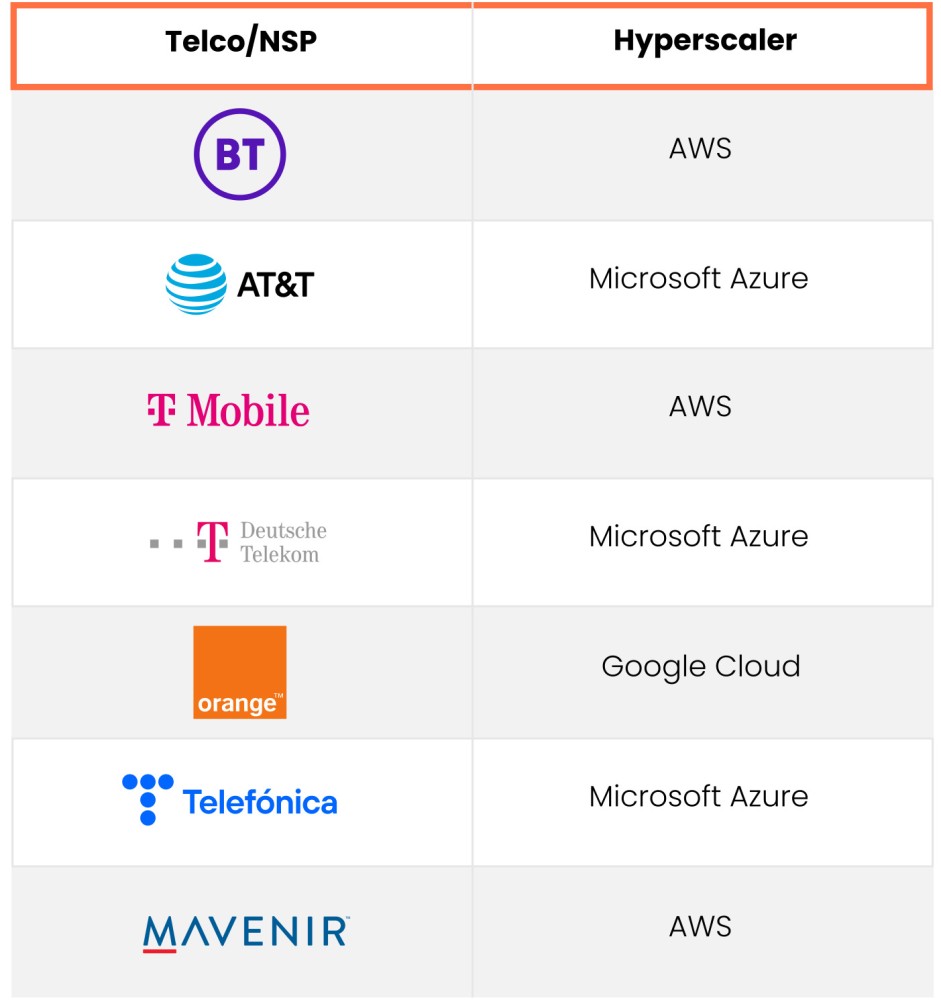
Conclusion
The rapid adoption and diverse applications of GenAI in telecom signify a paradigm shift in the industry. GenAI is a versatile and powerful tool in the telecom arsenal, from enhancing software development processes to revolutionizing customer service and network management.
GenAI will play an increasingly central role in shaping the telecom landscape as we look to the future. The success stories highlighted in this article are likely the beginning. We expect to see more sophisticated applications of GenAI, potentially leading to entirely new business models and services in the telecom sector.
However, as the industry progresses with GenAI adoption, it must navigate data security, regulatory compliance, and ethical AI use challenges. Operators like Orange’s approach will be crucial to balancing innovation with data protection.
In conclusion, GenAI is not just a technological upgrade for telecom operators—it’s a strategic imperative. Those who successfully integrate GenAI into their operations and customer-facing services will likely emerge as leaders in the next era of telecommunications. As technology continues to evolve, staying at the forefront of GenAI innovation will be vital to maintaining competitiveness and driving growth in this rapidly changing industry.
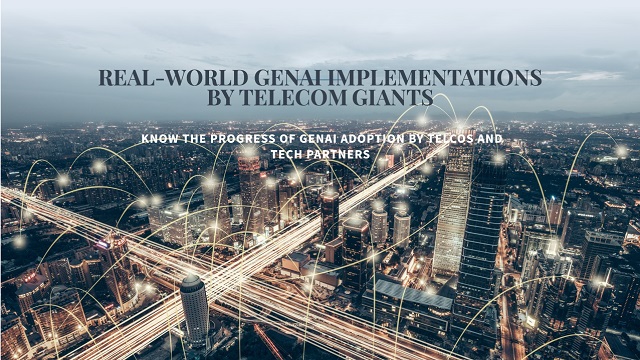
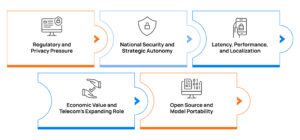
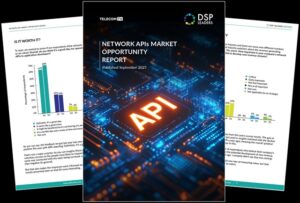

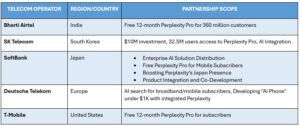
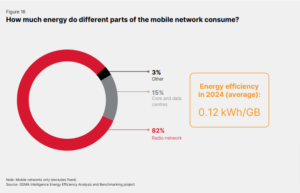
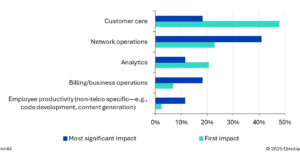
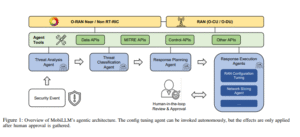
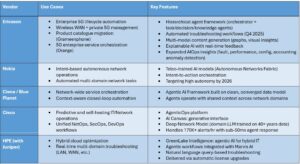
Be First to Comment